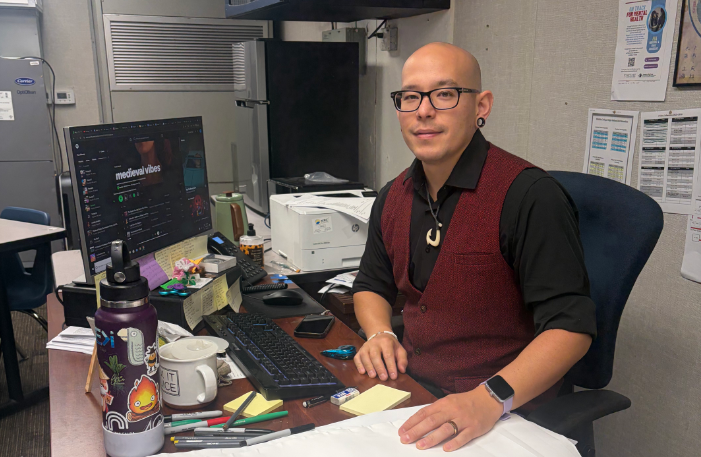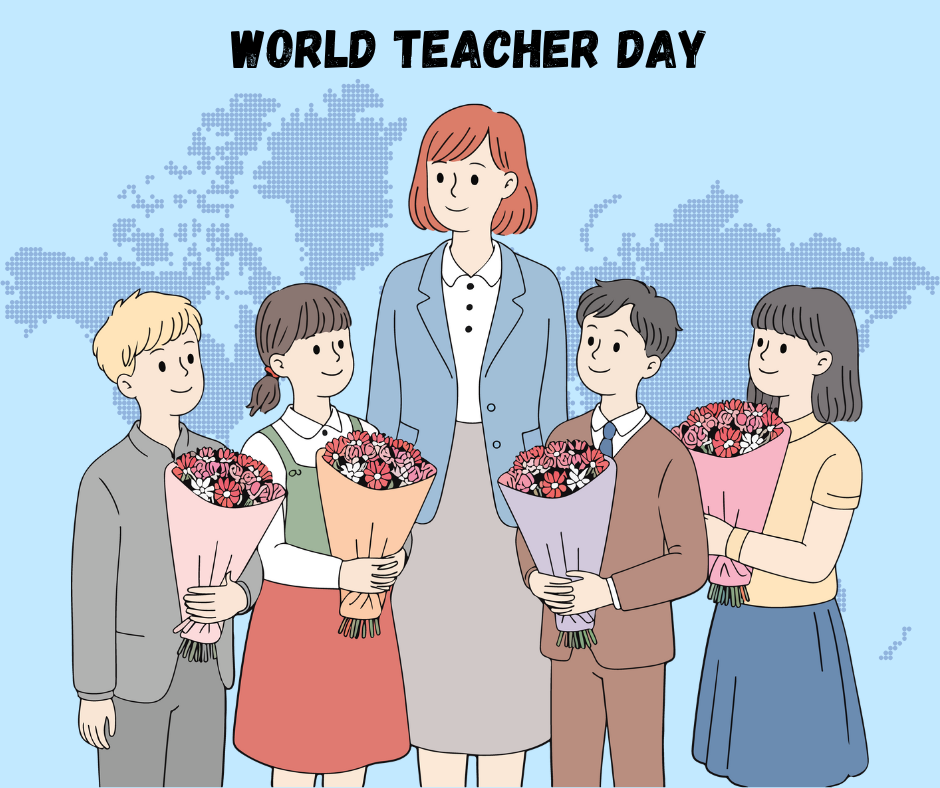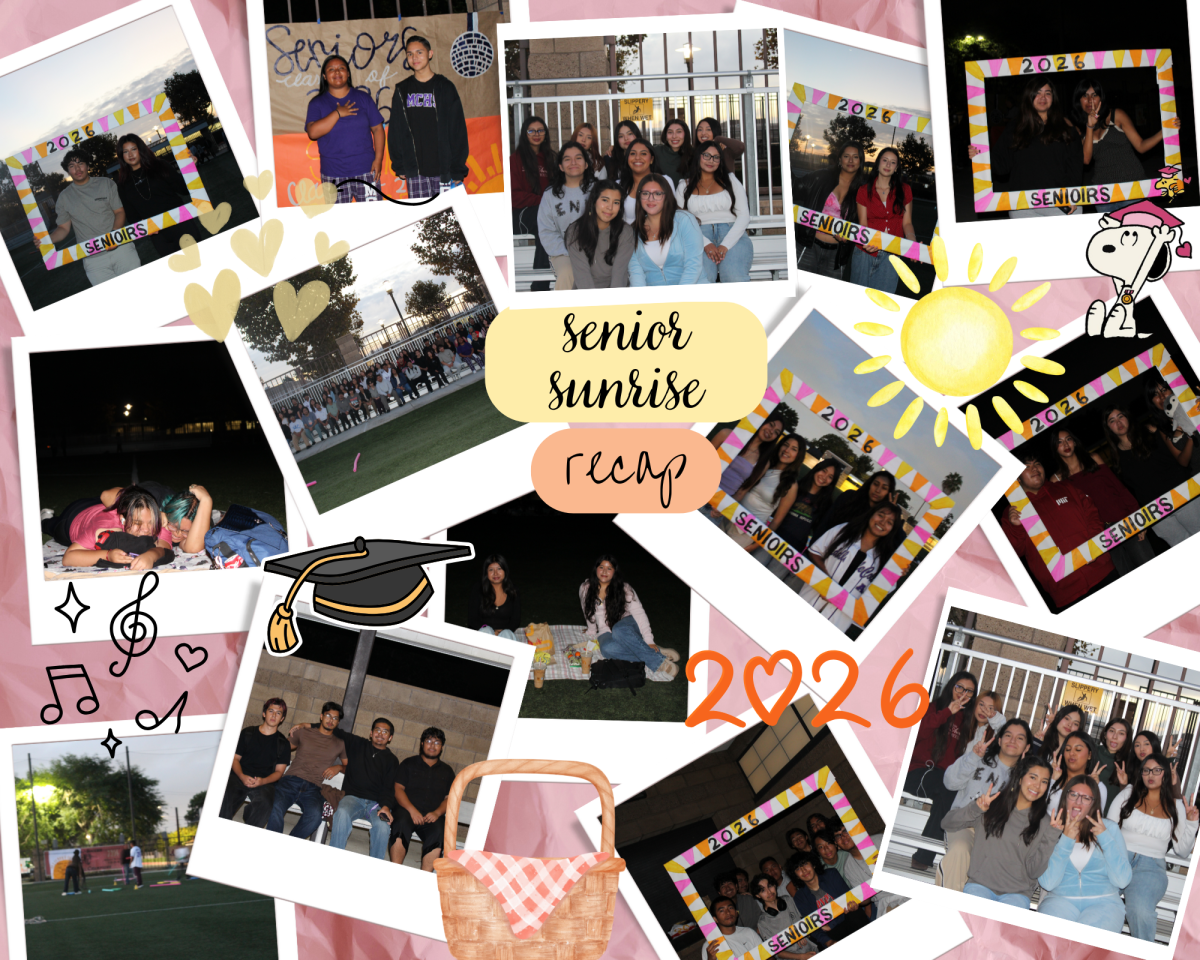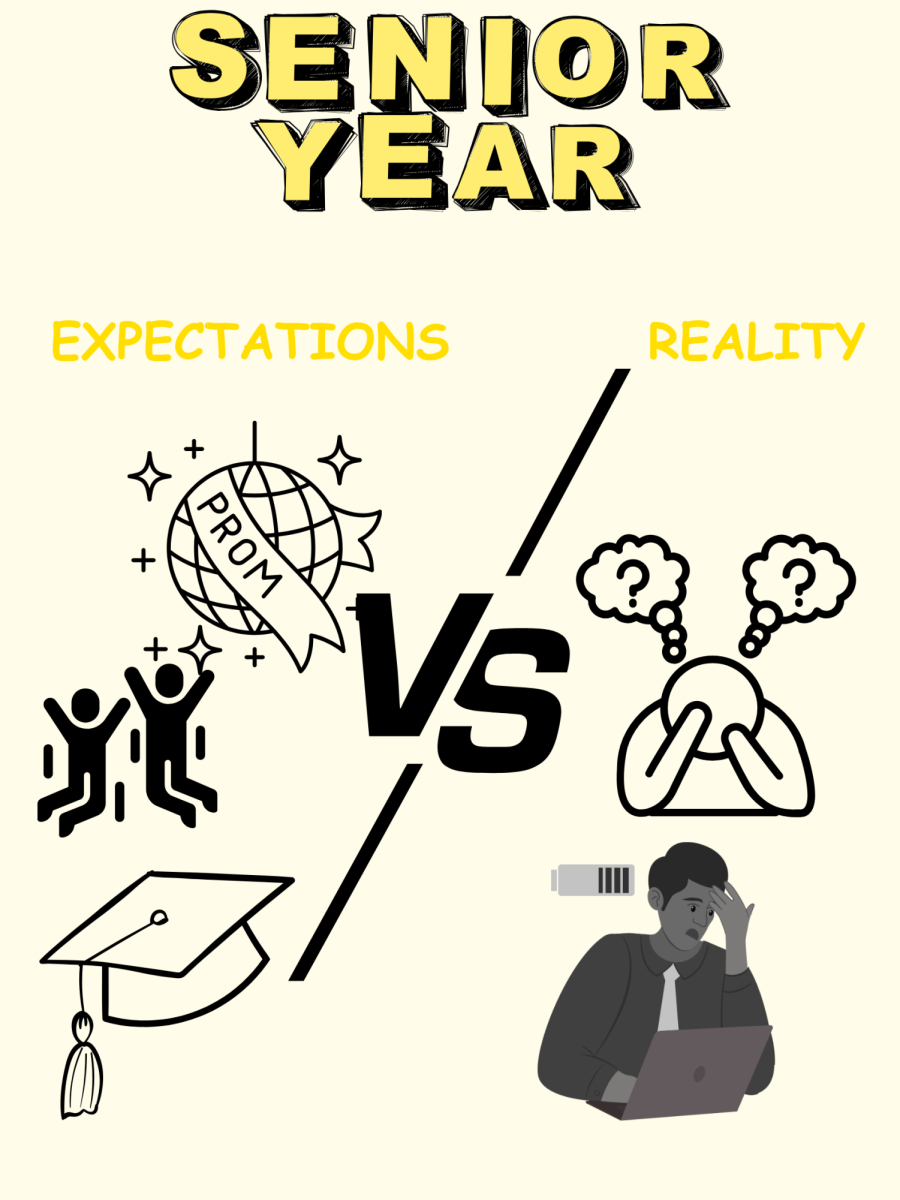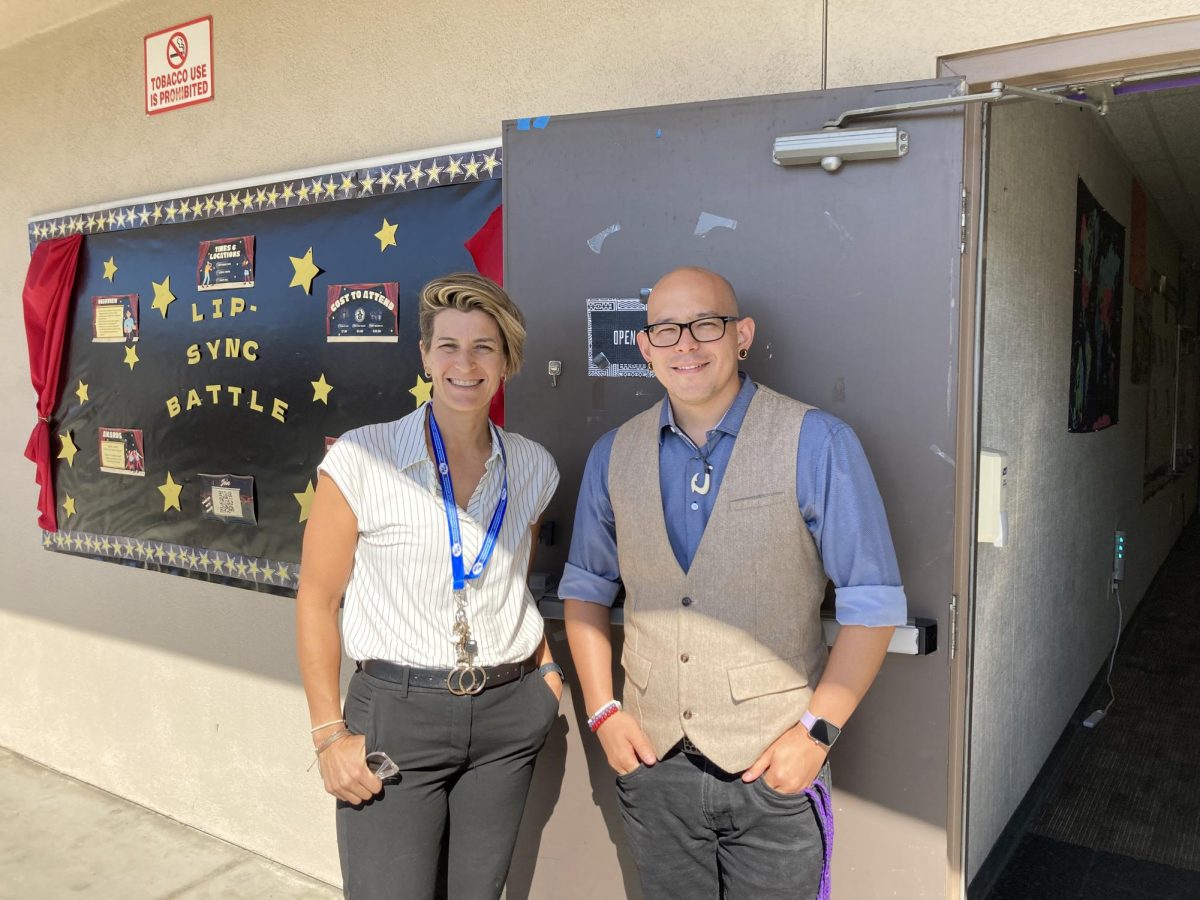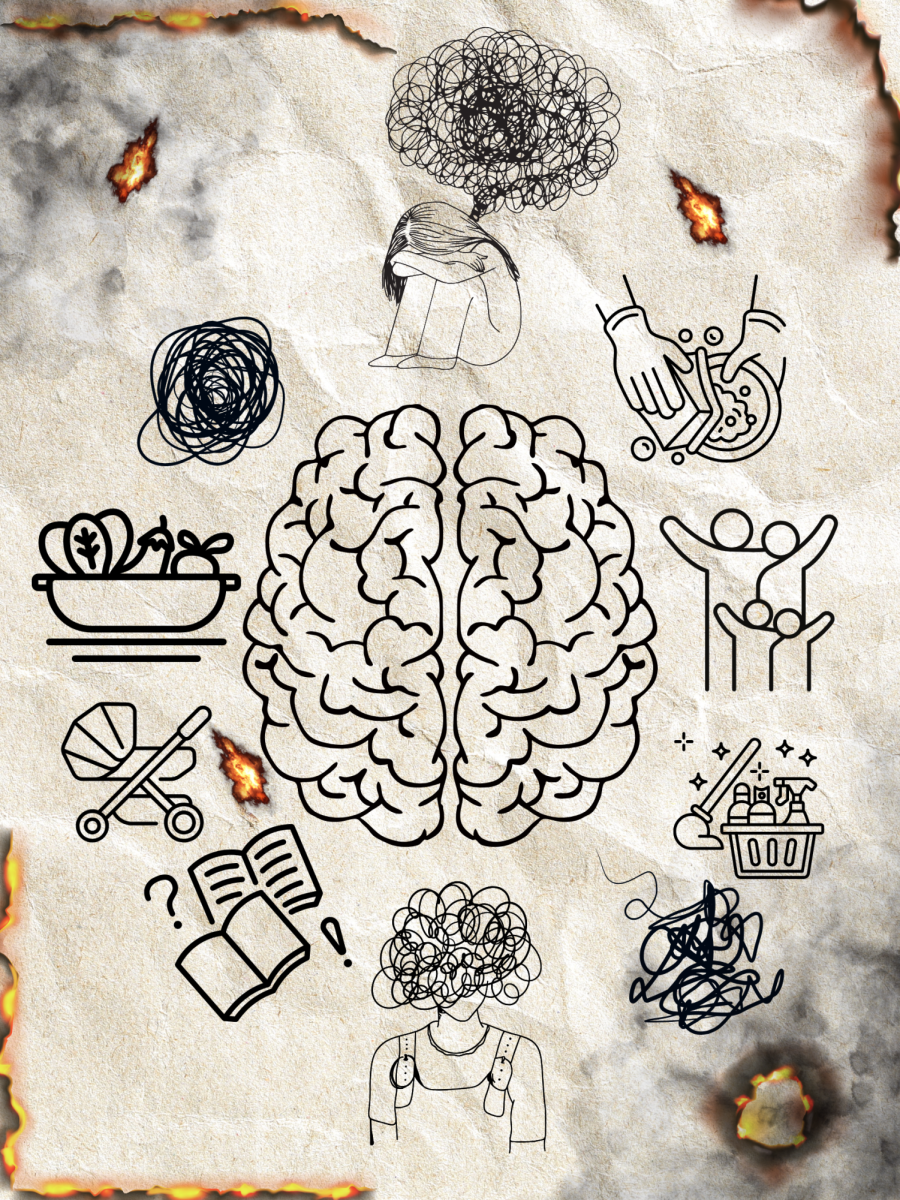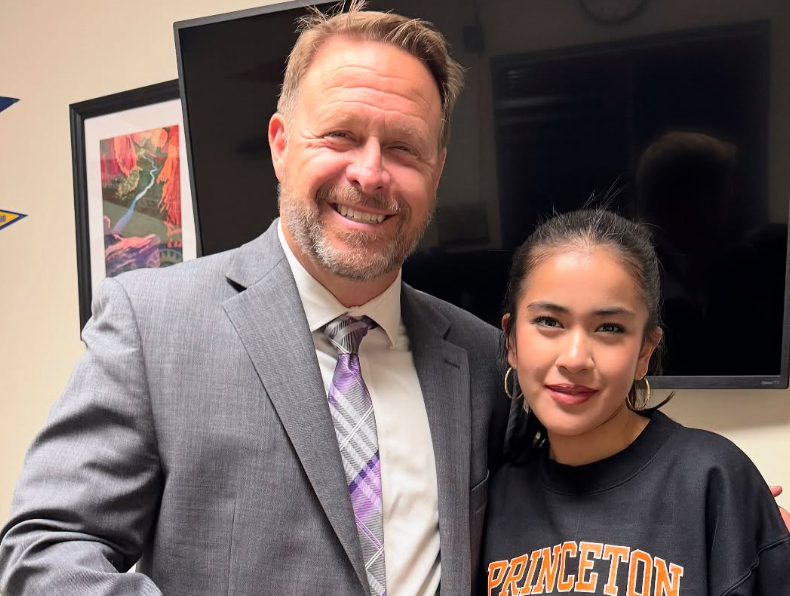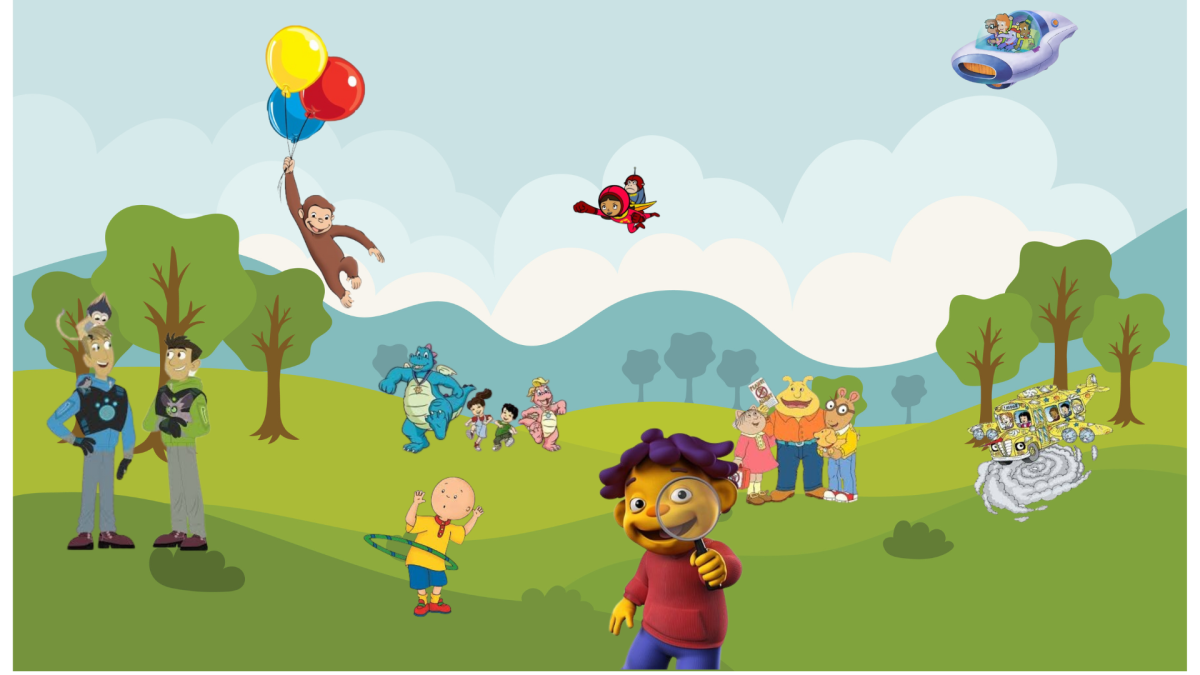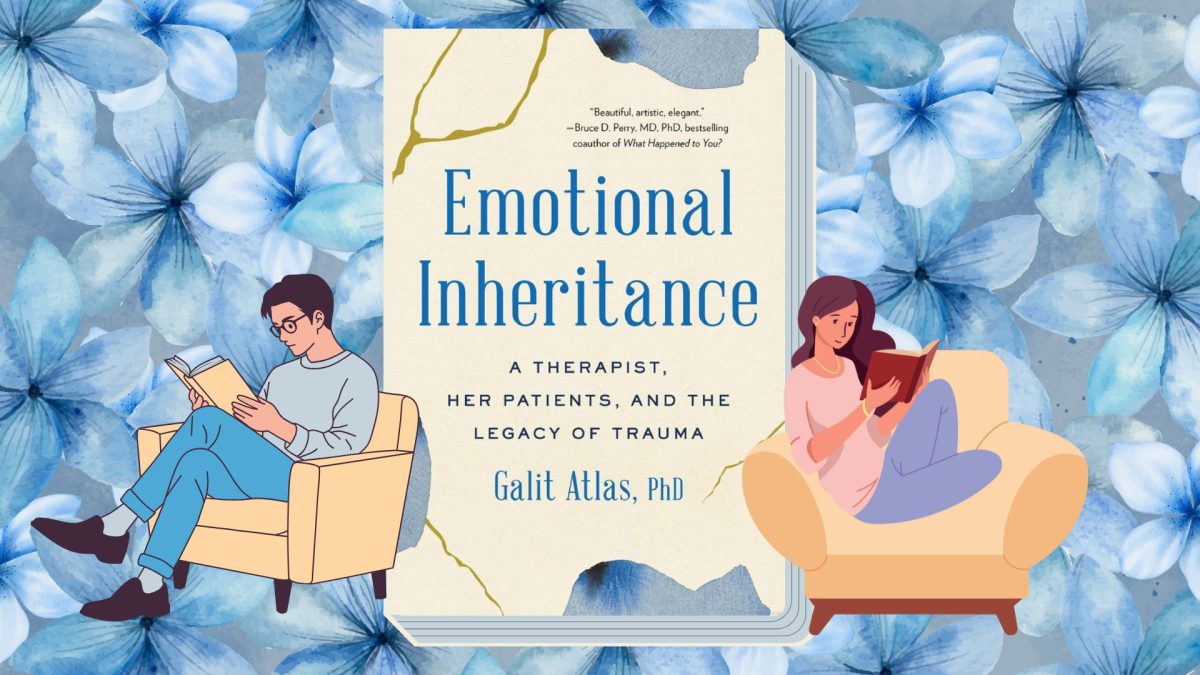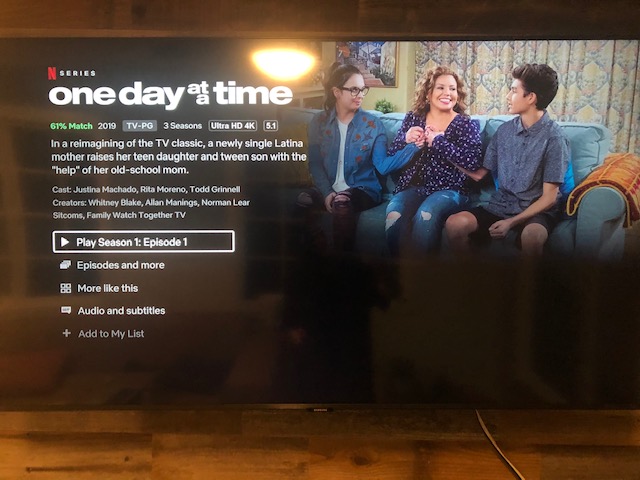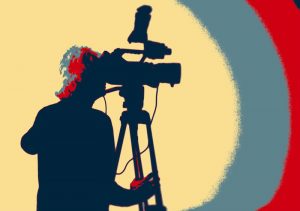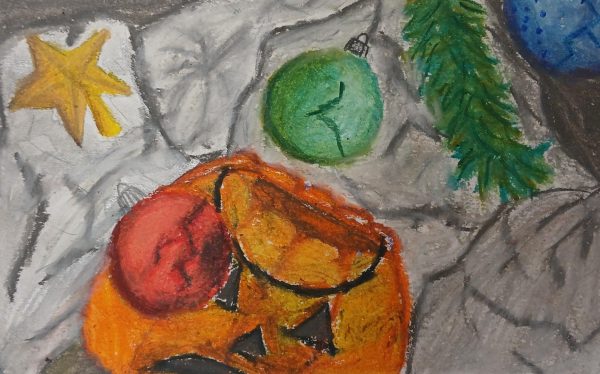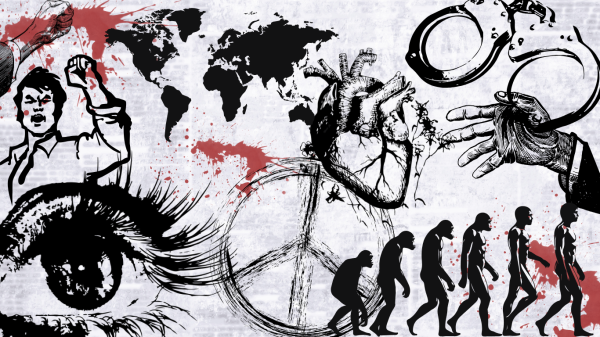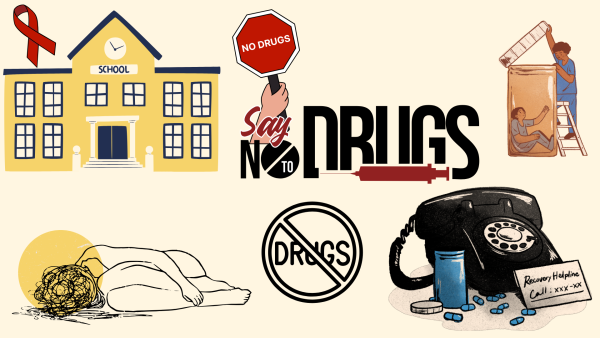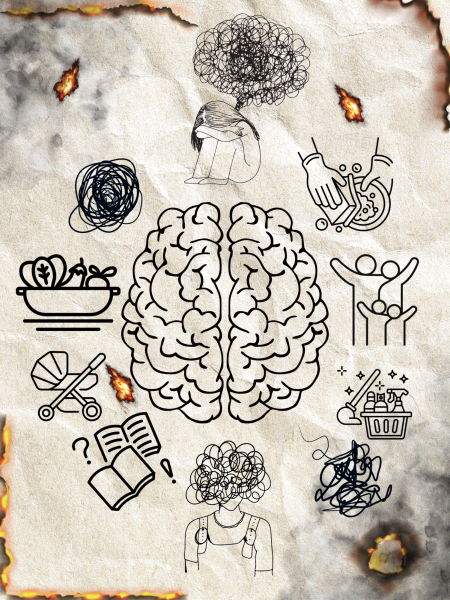You are the main character: Minority and LGBTQ+ representation is improving, but still has a way to go to be acceptable
Television series “One Day at a Time” features a Cuban-American family in Los Angeles.
Mainstream television is being given more diverse casts and storylines. This includes more depictions of people of color and LGBTQ+ individuals.
Recently, with the Black Lives Matter movement, people have begun to recognize not only the significance of representation for black people, but the portrayal of all minorities and people that are of different sexualities. In the past, diverse characters were uncommon, and when they were present, they were often only used to avoid criticism for lack of ethnic inclusiveness. Although there has been progress, people in certain underrepresented groups are still unsatisfied with the current representation and believe that there needs to be more improvements.
Freshman Bethany Alvarez has thoughts on the circumstances of the past.
“It hurts to see that my culture was shown just for the sake of not getting called out.” said Alvarez.
People of color and LGBTQ+ members are typically cast as side characters whose differences to the typical cisgender white main character are all that defines them.
“I genuinely don’t like it when shows include a character solely because of their race, gender, or sexuality because neither one of those things are a personality trait,” said sophomore Gil Lopez.
However, the entertainment industry is slowly becoming more and more progressive. For example, shows like “Never Have I Ever” and “One Day at a Time” feature main characters that are LGBTQ+ members and people of color, and give a glimpse into what life is like for minorities. “One Day at a Time” brings to light the separation of families in an emotional scene where we find out the character Carmen’s parents were deported, and she stayed in the main character’s home until she moved out to Texas with her older brother. Additionally, one of the main characters, Elena, is gay, and is dating Syd, who identifies as non-binary, and uses the pronouns they/them. In fact, there’s an episode where Elena brings her friends over after a protest, and they all introduce themselves with their names and respective pronouns.
Additionally, Nickelodeon has started to break down more barriers by revealing that one main character in the animated series “The Loud House” is bisexual. The character is Luna Loud, one of Lincoln Loud’s 10 sisters.
In another instance, on the hit show “Andi Mack,” Andi’s best friend Cyrus comes to the conclusion that he is gay after realizing he had feelings for Andi’s crush, Jonah Beck. This made him the first gay Disney Channel character, and also the first character to say the words “I’m gay” on screen. At the end of the series, Cyrus begins a romantic relationship with another boy named T.J Kippen, making them Disney Channel’s first gay couple.
“Diversity is very important to be shown in mainstream media because it ultimately gives their viewers inspiration and/or relatable content that they can of course relate to,” stated Lopez.
While TV shows are definitely improving, there is still always room for growth.
“I don’t see enough trans representation. Also, the only bisexual people in shows and movies are usually cheaters so I think they deserve to have a normal role as a normal person,” said junior Sofia Chavez.
There is still an issue about how most of the characters who are people of color or part of the LGBTQ+ community are placed as side characters.
Sophomore Michell Martinez said, “It (representation) is more common than in the old days, but they’re never main characters. If they are, the show is cut short.”
An example of this is the popular Netflix series “I am Not Okay with This,” starring Sophia Lillis as 17-year-old Sydney, who has fallen in love with her best friend, Dina. The show was canceled in August 2020, so it will not have a second season despite the high ratings.
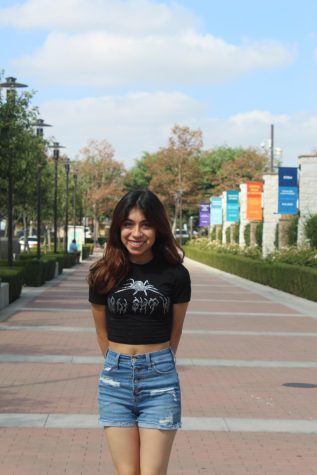
I have two older brothers, I love going to New York, and my favorite movie is "Psycho" (1960).

